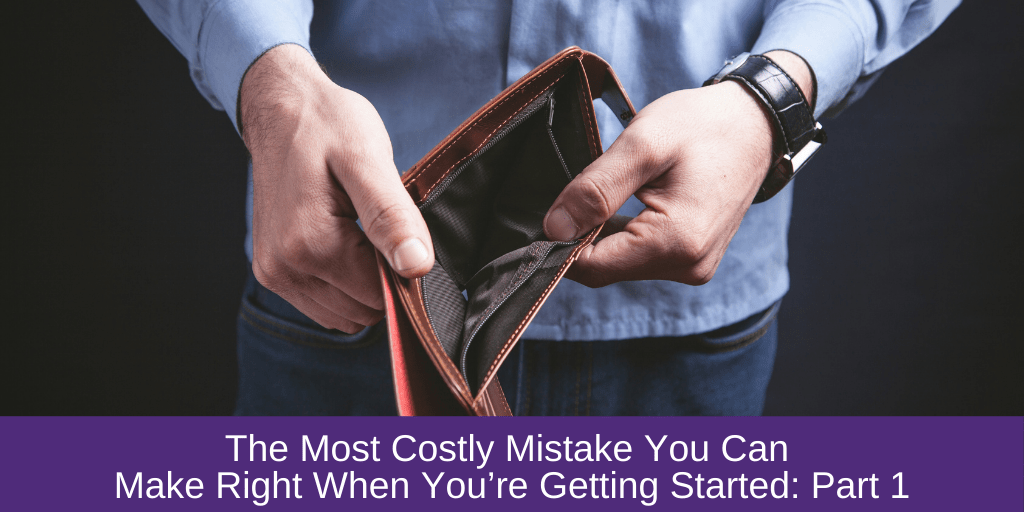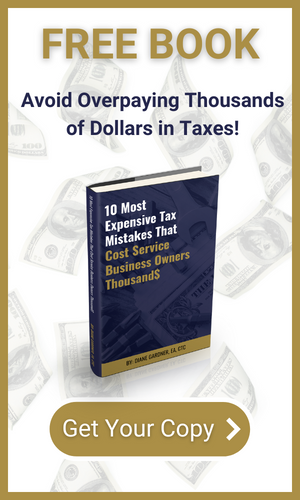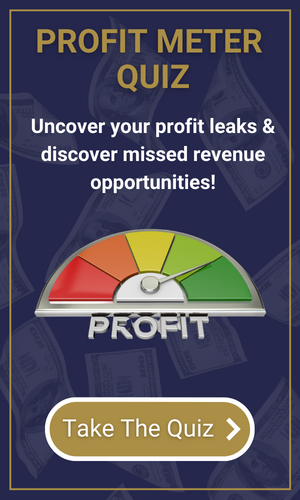When you’re first starting your service business it’s very easy to make a simple mistake that can cost you thousands of dollars in unnecessary taxation, and it has nothing to do with what trade you’re in, what name you choose, or what market you’re operating in.
Doing your research and picking the right business entity is one of the first steps you should make as a business owner, and if you didn’t give it much thought at the beginning now is the time to find out what kind of business structure you should be using.
There are five types of business entities that we’re going to go over and each one has its advantages and disadvantages when it comes to taxation and liability. As a service business owner it’s very important you choose the right one to avoid wasting precious resources and money unnecessarily, in addition to exposing yourself to unnecessary risk as well.
The five types of business entity are:
- Sole Proprietorship
- Partnership
- S Corporation
- C Corporation
- Limited Liability Corporation (LLC)
It’s important to plan for the future when choosing your business type because it’s possible to outgrow your business entity over time and it can become a hindrance to your continued growth. That’s one of the reasons it’s so important to talk to your accountant and learn what the optimal structure is for your business.
Today we’re going to go over the most common structures and why they probably won’t work for you in the long run.
The first is a Sole Proprietorship. This is the most common structure because it’s the default. If you don’t legally pursue one of the other structures your business is a Sole Proprietorship.
Advantages
- A Sole Proprietorship is the easiest and cheapest business structure to form.
Disadvantages
- A Sole Proprietorship has no business continuity. If something happens to you, the business is gone.
- Sole Proprietorships have no liability protection. You and your personal assets can be used in a claim against your business.
- In a Sole Proprietorship you pay taxes on your net profit, this includes Income Tax as well as any state taxes and Self-Employment tax.
- The IRS really likes to audit Sole Proprietorships reporting more than $100,000 in profit. This category is one of the most heavily audited business types.
So a Sole Proprietorship is not the worst place to start when you’re just getting started, it’s probably not the structure for your service business long term. What about a Partnership?
Well, let’s take a look.
A Partnership is an unincorporated entity that has one or more General partners and potentially some number of Limited partners. Limited partners are typically investors and General partners are the active participants in the business.
Advantages
- Partners can share responsibility in the business and contribute additional skills and resources that you may not have as a Sole Proprietorship.
Disadvantages
- Partnerships have no liability protection and the General partner’s personal assets can be used in claims against the business.
- General partners are taxed similarly to Sole Proprietorships, they will pay Income Tax, state tax, and Self-Employment tax
So while Partnerships have a bit of upside compared to a Sole Proprietorship, they share many of the same disadvantages.
Obviously, the answer lies somewhere in the remaining three business types and in the next article we’re going to go over which structure is the best for your service business.
If you want to save time and money right now, reach out to me and schedule a consultation today! We’ll go over your business structure and accounting and figure out the next steps for your service business right now.




